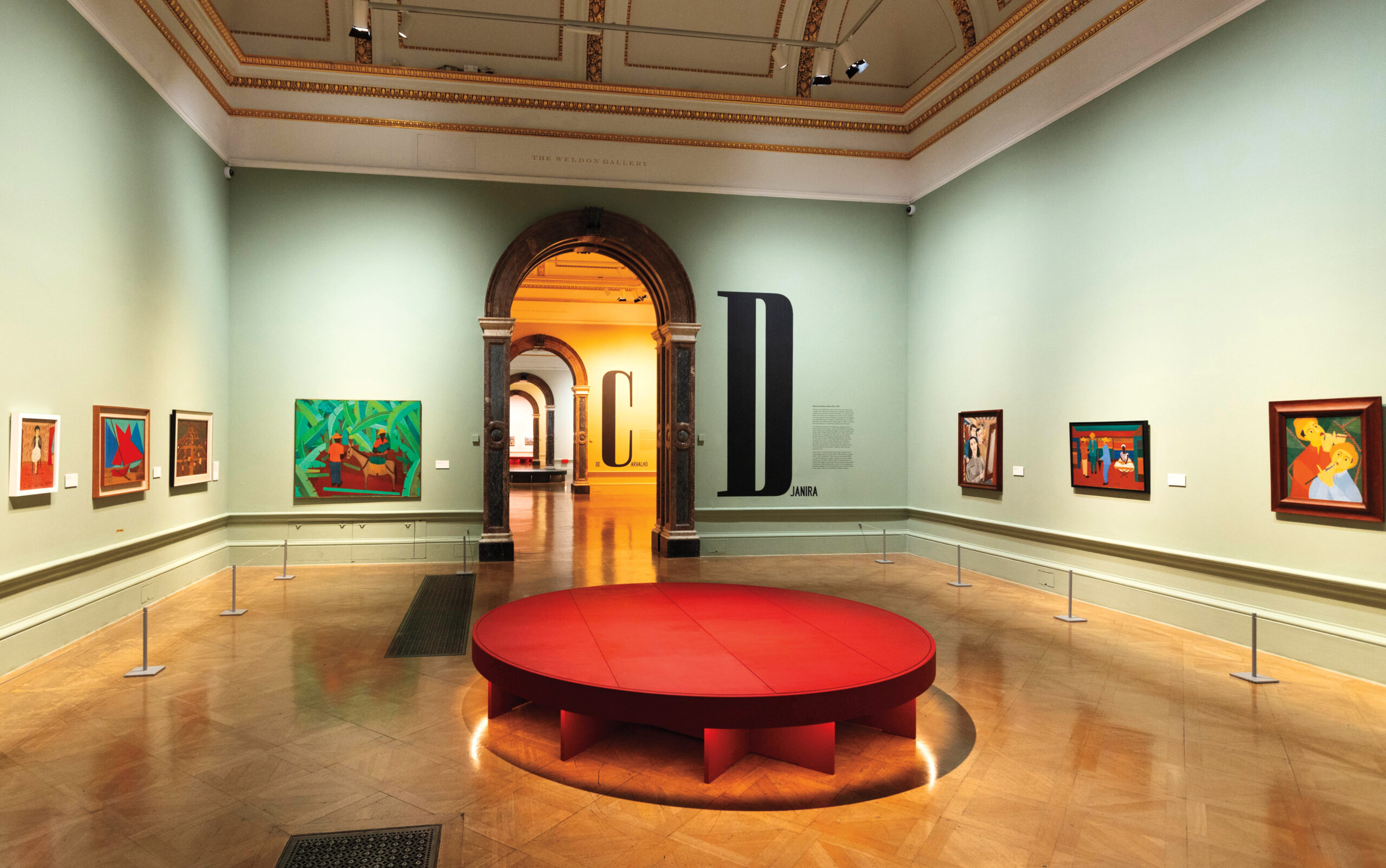LatAm in Focus: What's Keeping Brazil's Urban Development "from Being Free"?
LatAm in Focus: What's Keeping Brazil's Urban Development "from Being Free"?
By
Luisa Leme
Curators of Walls of Air: The Brazilian Pavilion at the 16th Venice Architecture Biennale talk about how mapping contemporary Brazil can influence urban development today.









